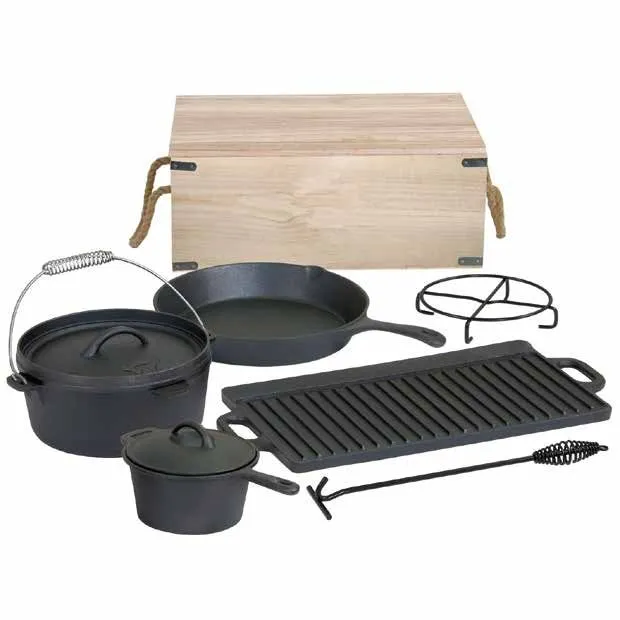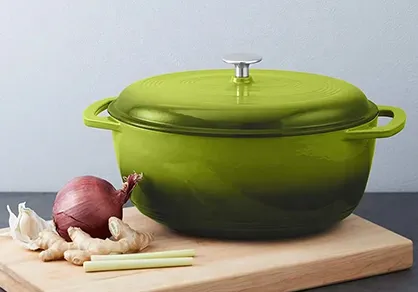Pressure reducing devices have a wide array of applications across different sectors. In the natural gas industry, for instance, these devices are essential for controlling the pressure of gas as it is distributed to residential and commercial customers. By ensuring that the gas pressure remains within safe limits, they help prevent leaks, explosions, and other dangerous situations.





